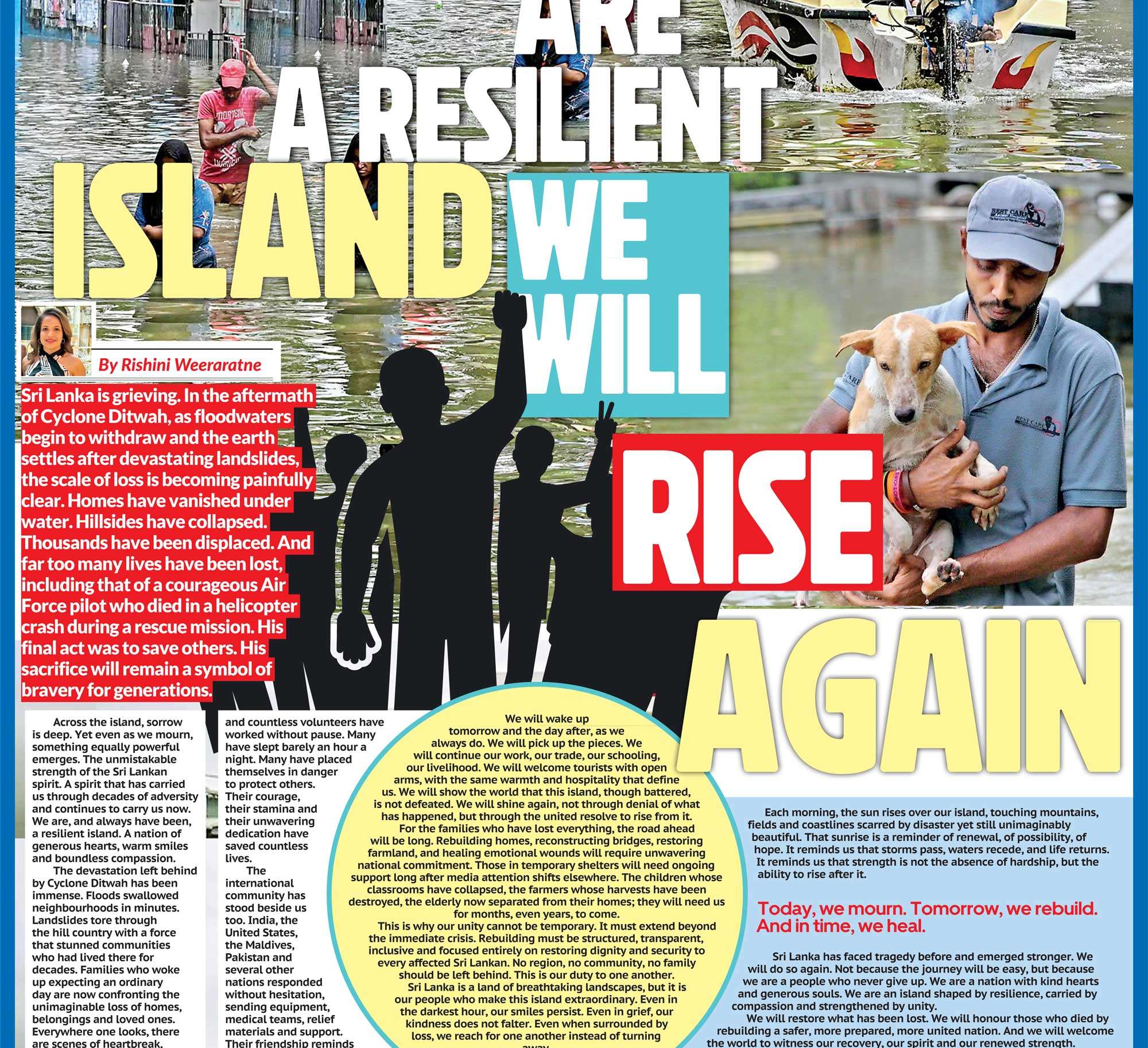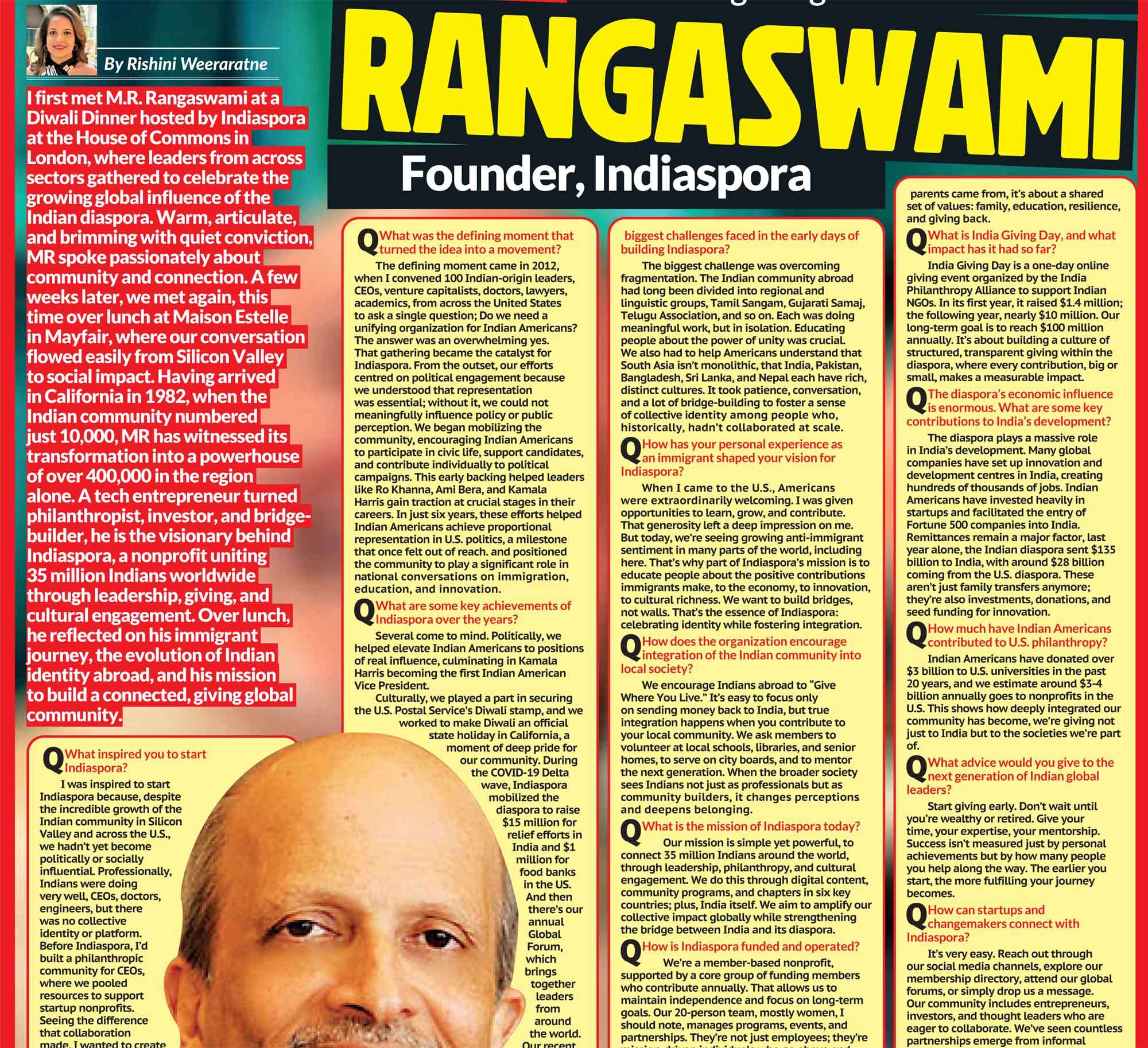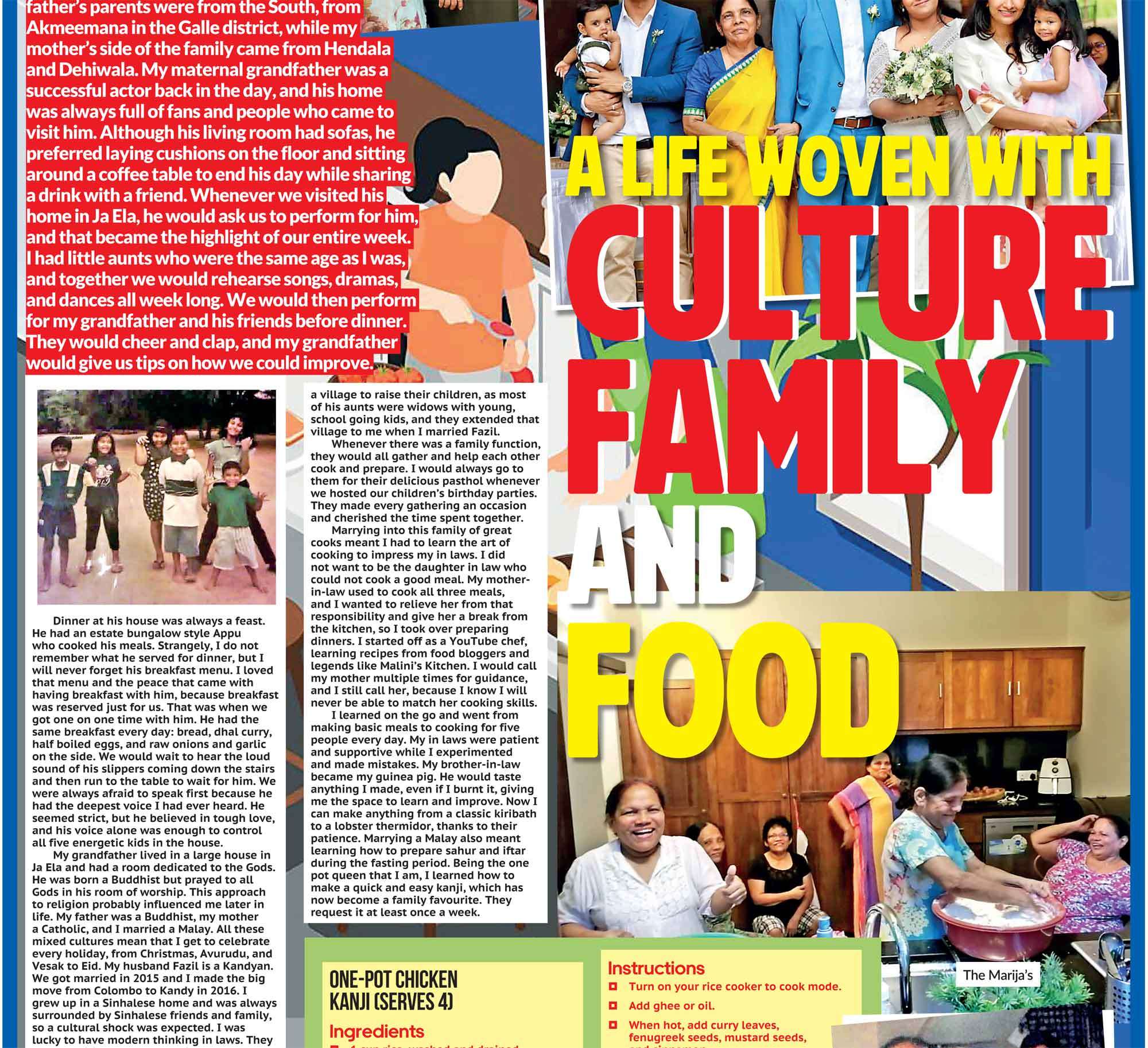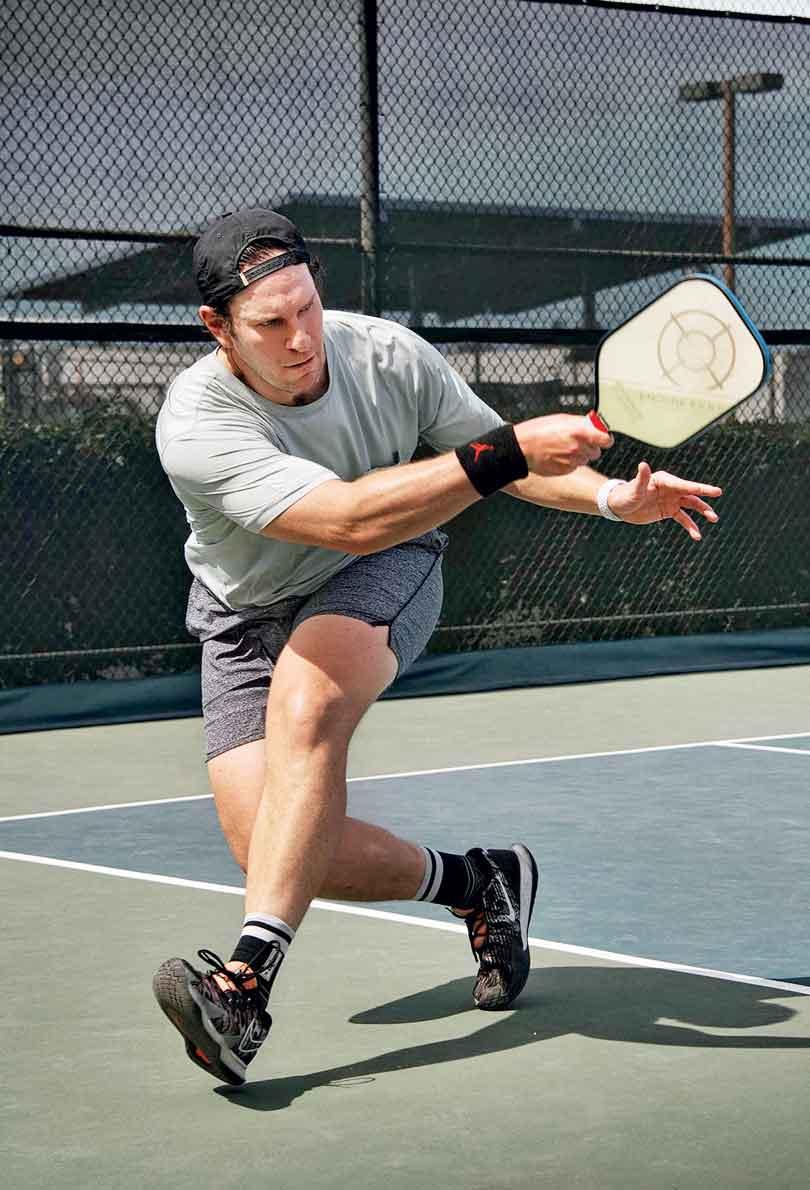

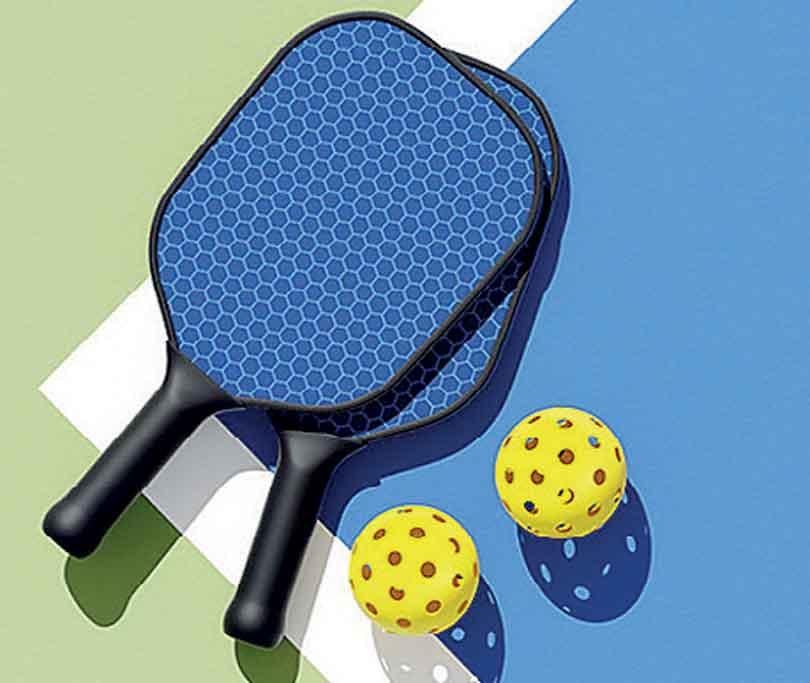
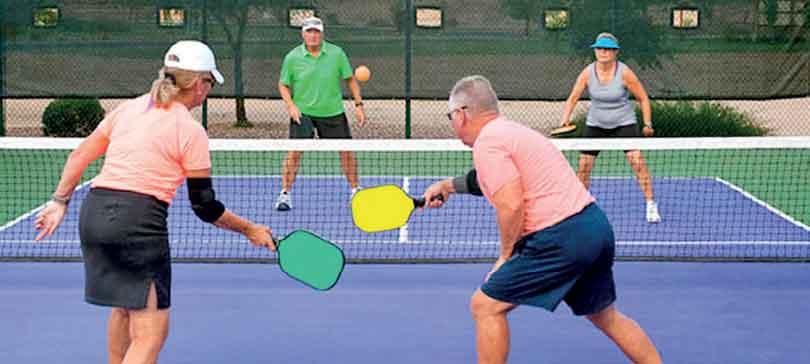
In the United States, pickleball’s jump into the mainstream has been fuelled by the involvement of well-known athletes and celebrities. LeBron James, Tom Brady, Kim Clijsters and Kevin Durant have all invested in professional pickleball teams
If you have not yet heard of pickleball, it is probably just a matter of time before it enters a conversation around you. One day you might overhear a colleague casually mentioning that they played a match over the weekend. On another day, a friend might send you an Instagram story from a sunny beach resort court complete with palm trees in the background.
Perhaps most charmingly, a neighbour might invite you to “just try one game” on their driveway, an invitation that can easily lead to a new sporting habit. It might feel as though pickleball appeared overnight, but this sport has been quietly gaining traction for decades. It was invented in 1965 on Bainbridge Island in Washington State by three fathers, Joel Pritchard, Bill Bell and Barney McCallum, who were simply trying to keep their children entertained during a summer afternoon. They improvised with a badminton net, a couple of wooden paddles and a perforated plastic ball. That small act of creativity gave birth to a sport that would eventually travel far beyond their community, from suburban streets in the United States to busy sports clubs in Colombo. The question is how a game born from improvisation has transformed into one of the fastest-growing sports in the world. The answer is a mix of accessibility, social connection, timing, and the influence of high-profile figures.
Easy to Learn, Hard to Quit
One of pickleball’s greatest strengths is how easy it is for beginners to start playing. Many sports are difficult for newcomers. If you try tennis for the first time without any instruction, you will likely spend more time chasing balls than actually hitting them. Badminton can be equally daunting, with shuttlecocks flying at high speeds that require fast reactions. Pickleball offers a much gentler introduction to racket sports. The court is smaller than a tennis court, the paddles are light and easy to handle, and the perforated ball moves at a slower speed. This creates longer rallies and a more satisfying playing experience right from the first attempt. The sport is equally appealing to young players who pick it up quickly and to older players who appreciate its low impact on joints. It is one of the rare games where a 20-year-old and a 60-year-old can play against each other on fairly even terms, relying on skill, positioning and quick thinking rather than sheer physical strength.
The Social Factor
The game’s appeal is not just about the mechanics of play. It is also about the people you meet and the conversations you have while playing. Because the court is compact, players are close enough to chat, laugh and exchange friendly banter throughout a match. The atmosphere is interactive, lively and welcoming.
Compared to jogging, pickleball offers far more opportunities for conversation. Compared to rugby, it is less physically punishing. Compared to tennis, it often feels more casual and inclusive. The sense of community is part of its DNA. In Sri Lanka, this quality fits perfectly into our cultural love of combining sport with socialising. Pickleball groups have sprung up in Colombo, Kandy and coastal towns, meeting not just to play but also to spend time together afterwards. Resorts in Galle and Bentota have begun adding pickleball courts to their facilities, recognising that it appeals to both locals and visiting tourists.
The Pandemic Push
Globally, pickleball received a major boost during the COVID-19 pandemic. People were seeking outdoor activities that could be played in small groups while maintaining distance and minimising contact. Because pickleball requires relatively little space, existing tennis courts, open car parks and even driveways were quickly adapted for it. In the United States, pickleball transformed from a niche pastime into a widely adopted sport almost overnight. In Sri Lanka, the same pattern emerged on a smaller scale. Sports clubs and private recreational facilities began painting pickleball lines over tennis or badminton courts. Members who tried it “just for fun” often became devoted players in a matter of weeks. By 2022, regular pickleball sessions were being hosted in Colombo, Negombo and coastal resort towns. The sport’s ability to engage players of different ages and fitness levels made it a natural choice for families, friend groups and even corporate team-building events.
Short Games, Quick Wins
Another part of pickleball’s attraction lies in the pace of the matches. A full game generally lasts between fifteen and twenty-five minutes. This makes it ideal for people with busy schedules who want to exercise without dedicating hours at a time. You can easily fit in a game during a lunch break or play two matches after work before heading home. It is an ideal “micro workout” that combines light cardio with bursts of quick movement and friendly competition. You get the health benefits of exercise without the feeling of complete exhaustion afterwards.
The Celebrity Effect
In the United States, pickleball’s jump into the mainstream has been fuelled by the involvement of well-known athletes and celebrities. LeBron James, Tom Brady, Kim Clijsters and Kevin Durant have all invested in professional pickleball teams. Their participation has helped bring the sport into the headlines and onto social media feeds, sparking curiosity among people who might otherwise have overlooked it. Even Hollywood has taken an interest. Actors such as Leonardo DiCaprio have been spotted on the court. The image of celebrities enjoying pickleball has given it a modern and appealing edge. Sri Lanka has yet to see a major local celebrity publicly embrace the sport. However, when that inevitably happens, it is likely to accelerate its popularity. Trends in the country often gain momentum when they are championed by public figures, as seen with surfing, cycling and even stand-up paddleboarding.
Low-Cost Entry Unless You Get Fancy
A major reason pickleball is so widely embraced is its affordability. You do not need to invest in costly gear to get started. A basic paddle can be purchased for less than the price of dinner at a mid-range restaurant, and balls are inexpensive. Many clubs allow their members to use existing courts without extra charges. Public courts in some countries are free to use, and while that is less common in Sri Lanka, the costs remain manageable compared to other sports. Of course, like any hobby, the deeper you get into it, the more tempted you might be to upgrade. Professional paddles made from advanced materials can cost significantly more, but for most casual players, the entry-level equipment is perfectly adequate.
More Than Just a Fad
With its rapid rise, pickleball has prompted some scepticism. Is it a passing craze like rollerblading in the 1990s, destined to fade away? There are strong reasons to believe it will last. It is easy to learn yet offers enough complexity to keep improving at over time. It is accessible to people of all ages and fitness levels. It can be played indoors or outdoors, in small spaces or large venues. In Sri Lanka, it fills a unique niche. We have energetic team sports like cricket and rugby, and competitive racket sports like badminton and tennis, but few activities allow teenagers, parents and grandparents to compete together on equal footing. Pickleball fits that role perfectly.
What It Says About Us
The popularity of pickleball speaks to larger changes in how people think about exercise and recreation. More people want activities that feel enjoyable rather than obligatory. They want to move their bodies, but they also want social connection. They want the thrill of competition without the stress of mastering a complex sport before they can even participate. Pickleball delivers on all of these desires. You can explain the basic rules in five minutes to someone who has never held a paddle before, and they can start playing almost immediately. In a country where time for leisure is often limited, this kind of instant accessibility is a valuable feature. It means people can fit games into their day without the need for elaborate planning or preparation.
The Future of Pickleball in Sri Lanka
If current trends are any indication, pickleball in Sri Lanka is only just beginning to grow. The next few years could see the emergence of dedicated pickleball clubs, formal leagues, school programmes and inter-city tournaments. Resorts along the South and East Coasts could market pickleball as part of their activity offerings, attracting visitors who already play at home. There is also potential for local and international brands to become involved through sponsorships, equipment sales and event partnerships. The combination of health, community and entertainment makes pickleball an appealing platform for marketing. For now, the beauty of pickleball lies in its simplicity. You do not need to follow professional tournaments or know the names of champion players. You do not need an intense training regimen. All you need is a paddle, a ball and a willingness to give it a try.
At worst, you get some exercise, a laugh and perhaps a mild obsession. At best, you discover a sport that keeps you active, connected and smiling for years to come. Pickleball may have a name that makes people smile, but it is serious about fun.


